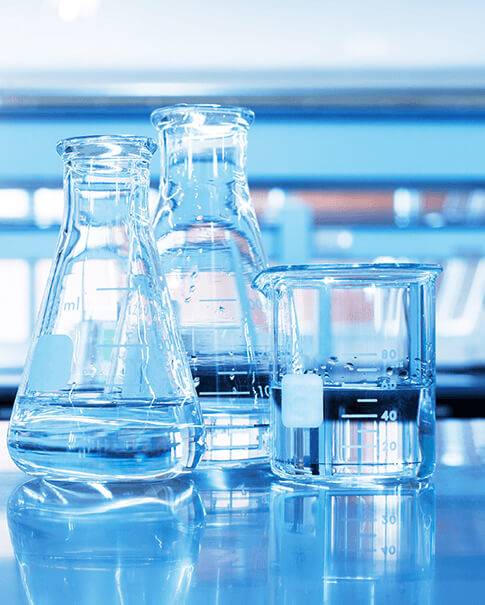
Nonionic Polyacrylamide is water-solubel polymers which is insoluble in most organic solvents, with good flocculation, it can reduce the frictional resistance between the liquid and be widely used in mining industries and water treatment, oilfield, etc.
Order(MOQ) :
1MTPayment :
T/T L/CSolid Content(%) :
ChinaPhysical Property :
WhiteShipping Port :
Shanghai/Lianyungang/QingdaoPhysical and Chemical Properties
Product Name: N682
Molecular Formula: CONH2[CH2-CH]n
CAS NO.: 9003-05-8
Description: Nonionic Polyacrylamide
Apperance: White Grain Powder
Molecular Weight(Million): Low
Solid Content(%) ≥88.5
Degree Of Hydrolysis(%): Ultra Low
Dissolved Time(H): ≤1.5
Introduction
Polyacrylamide (PAM) is a synthetic polymer made from acrylamide monomers. It is widely used as a flocculant, thickener, and dispersant in a variety of industrial and environmental applications.
| Item | Anionic | Cationic | Nonioic |
| Appearance | White Granule Powder | White Granule Powder | White Granule Powder |
| Solid Content(%) | ≥88.5 | ≥88.5 | ≥88.5 |
| Molecular Weight(million) | 9-25 | 7-12 | 5-10 |
| Degree of Hydrolysis | 9-40 | / | 0-5 |
| Effective pH value | 5-14 | 7-14 | / |
Application

Sewage Treatment:
City sewage treatment, food processing, metallurgy, dyeing industry, mineral processing industry, sugar industry and various kinds of industrial wastewater treatment.
Paper Industry:
Paper industry can be use for paper dry strength agent, retention agent, filter aid,improving paper quality and paper production capacity.
Oil Industry:
Polyacrylamide is widely used in oilfield chemicals such as clay anti-expansion agents, thickeners for oil field acidification, and oily wastewater treatment agents.
Our company technology commissioner respectively on the coal washing wastewater, mineral processing wastewater, dyeing wastewater, Protein purification wastewater, marble cutting wastewater, papermaking wastewter, sewage collection and beaker experiment, the sewage flocculatinon precipitation effect display of polyacrylamide.
Container Size and Shipping

Tags :